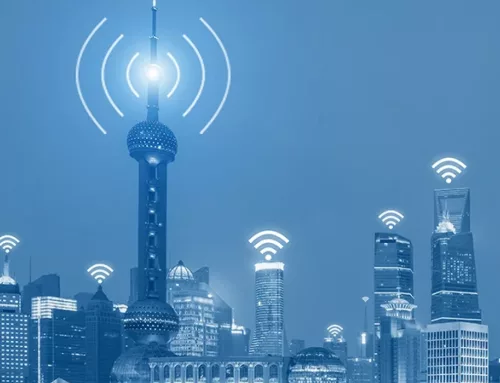As telcos scale rapidly to meet rising demand, they are deploying a diverse array of transmission, switching, and network management systems. Simultaneously, the pursuit of AI-driven automation and intelligent network transformation is expanding the operational footprint even further. This evolution has turned traditional telecom infrastructure into a dynamic, multi-layered ecosystem—one that blends physical assets with software-defined capabilities and service-centric architectures.
In this increasingly complex environment, telcos face a dual imperative: deliver high-performance connectivity while maintaining operational efficiency and cost control. Digital twins offer a compelling solution. By creating virtual replicas of physical and logical network components, telcos can simulate, monitor, and optimize their operations in real time.
How Are Telcos Using Digital Twins?
Once a niche innovation in aerospace and manufacturing, digital twins have evolved into a strategic asset for telecom.
Asset Twins for TowerCos
For TowerCos, managing thousands of distributed sites is a logistical and operational challenge. Traditional methods rely on manual inspections, static documentation, and reactive maintenance. Asset twins change the game.
By creating digital replicas of towers, antennas, and power systems, TowerCos gain real-time visibility into structural health, environmental conditions, and energy usage. These twins enable virtual site surveys, predictive maintenance, and scenario planning—reducing downtime, optimizing asset utilization, and improving safety.
Imagine simulating the impact of a new antenna installation or forecasting wear-and-tear based on weather patterns. With asset twins, these insights become actionable.
| Customer Success: How TCTS Helped an Australian TowerCo Future-Proofs Its Telecom Infrastructure for Scalable Network Growth |
Network Digital Twins for Operators
Mobile operators face a different challenge: managing complex, multi-layered networks that span RAN, transport, and core domains. Network digital twins (NDTs) provide a unified, virtual model of the entire network stack.
These twins ingest live telemetry, simulate traffic flows, and predict performance under various conditions. Operators can test new configurations, validate policies, and optimize delivery service without touching the live network.
Whether it’s planning a 5G rollout, troubleshooting latency issues, or modeling customer experience across network slices, NDTs empower operators to move from reactive firefighting to proactive orchestration.
| Digital Twins: Driving Value in Telecom |
|
Sustainability Verizon reduced energy costs by over $100 million a year by using network digital twins to build energy consumption models.1 |
|
OpEx Savings Nokia identified nearly 29% savings in the annual network operational cost for an operator due to network digital twins.2 |
How Can Telecom Organizations Embrace Digital Twin Technology?
To realize the full potential of digital twin technology, telecom organizations must approach digital twin implementation through a structured, capability-driven lens. Below are four foundational pillars that can guide this transformation:
- High-Fidelity 2D and 3D Modelling
The first step in digital twin adoption involves the creation of detailed virtual representations of network infrastructure—ranging from towers and shelters to active equipment. These models serve as the digital foundation for visualization, planning, and remote diagnostics.
By enabling accurate spatial analysis and virtual site inspections, telecom operators and TowerCos can significantly reduce the need for physical visits, accelerate deployment timelines, and improve safety outcomes. This capability is particularly valuable in remote or high-risk environments.
- Structural and Load Analysis
Beyond visualization, digital twins empower organizations to simulate and assess the structural integrity of critical assets. Advanced modelling techniques allow for real-time evaluation of load-bearing capacity, stress distribution, and environmental impact.
This proactive approach to asset health management helps identify vulnerabilities before they escalate, optimize tower utilization, and extend the lifecycle of infrastructure investments—ultimately reducing maintenance costs and improving network reliability.
- AI/ML-Powered Digital Inventory Management
Inventory management in telecom is often fragmented and reactive. Digital twins, enhanced by AI and machine learning algorithms, bring automation and intelligence to this domain.
By continuously tracking equipment status, detecting anomalies, and forecasting maintenance needs, digital twins enable more accurate asset allocation and lifecycle planning. Real-time dashboards provide actionable insights to network planners and field teams, improving operational efficiency and reducing inventory-related losses.
- End-to-End Digital Twin Creation and Integration
The true value of digital twins lies in their ability to mirror live network conditions. This requires not only the development of virtual models but also seamless integration with real-time data feeds from sensors, network elements, and operational systems.
When implemented effectively, digital twins become dynamic tools for continuous monitoring, predictive analytics, and closed-loop automation. They support use cases ranging from fault prediction and energy optimization to service assurance and customer experience modelling.
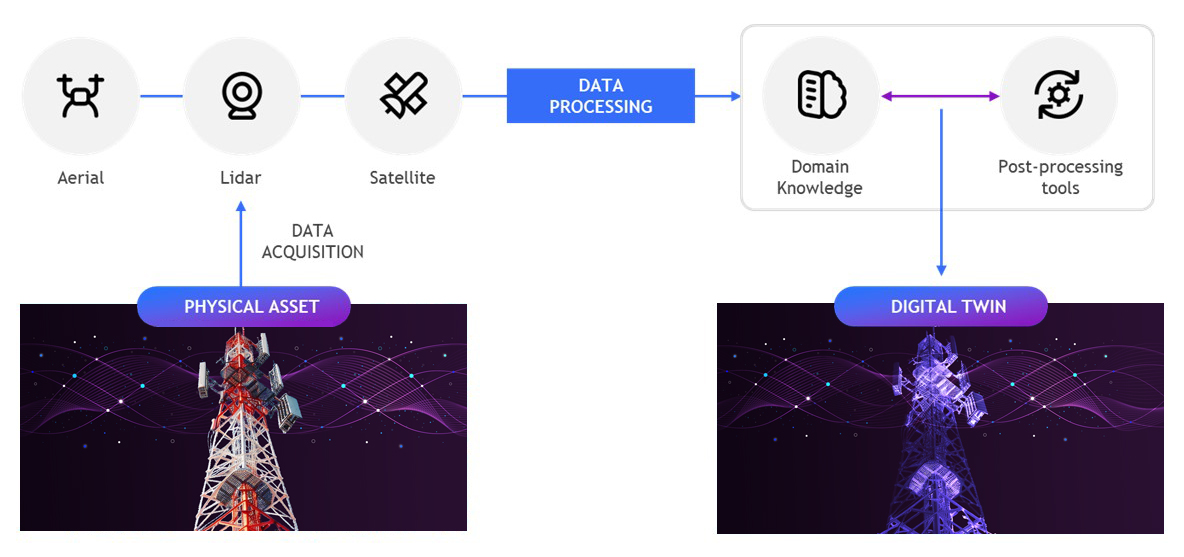
Figure – Digital twin to model a cell tower
Can Digital Twins Support Emerging Technology and Sustainability Imperatives?
Enabling Autonomous Networks
Digital twins, when combined with AI and machine learning, lay the groundwork for autonomous network operations. These virtual models continuously ingest and analyze real-time data, enabling networks to self-diagnose, self-optimize, and self-heal. This shift from reactive to predictive operations reduces manual intervention, enhances service reliability, and accelerates time-to-resolution—key outcomes for operators pursuing zero-touch networks.
Facilitating Ecosystem Collaboration
The telecom value chain is increasingly interconnected, involving OEMs, infrastructure partners, and regulatory bodies. Digital twins provide a shared, transparent view of network assets and performance metrics, fostering seamless collaboration across stakeholders. Whether it’s coordinating tower upgrades, validating compliance, or integrating third-party services, digital twins serve as a common language for ecosystem-wide alignment.
Driving Sustainable Operations
Digital twins support this agenda by enabling real-time monitoring and optimization of energy consumption, emissions, and resource utilization. Operators can simulate the environmental impact of network changes, identify inefficiencies, and implement corrective actions—all within a virtual environment. This capability is instrumental in meeting global green targets and aligning with ESG commitments.
Conclusion
As telecom networks become more distributed, dynamic, and data-intensive, digital twins are emerging as a cornerstone of intelligent infrastructure management. From enabling predictive maintenance and autonomous operations to supporting sustainability goals and ecosystem collaboration, their value is both immediate and long-term.
References
1 https://inform.tmforum.org/features-and-opinion/how-verizon-is-using-digital-twins-to-reduce-energy-costs
2 https://www.nokia.com/bell-labs/bell-labs-consulting/articles/digital-twins-on-the-agenda-for-telecoms/

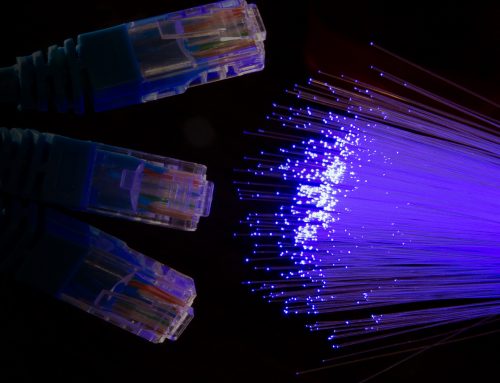



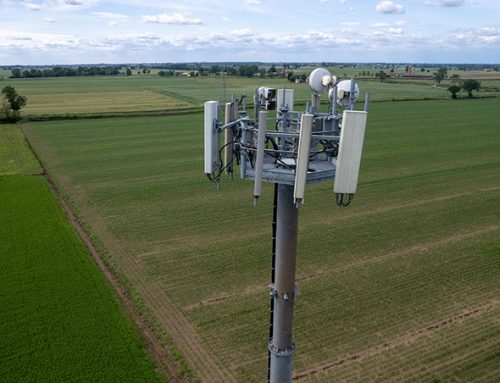
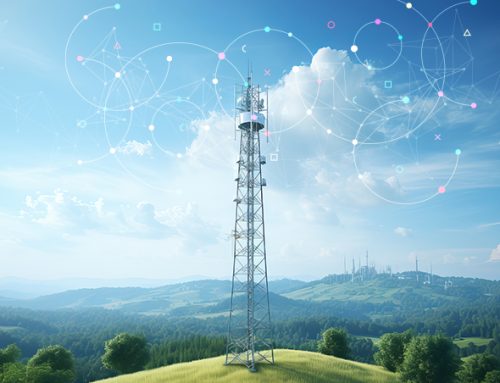


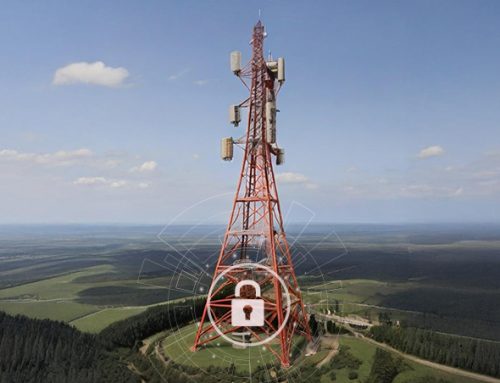








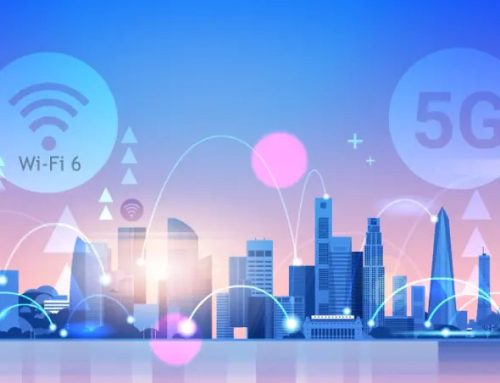

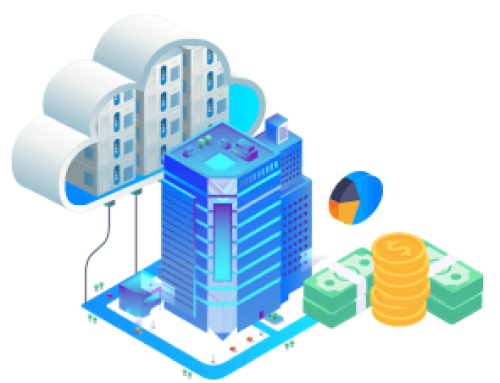
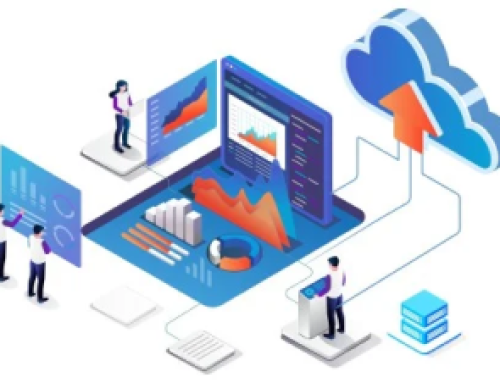
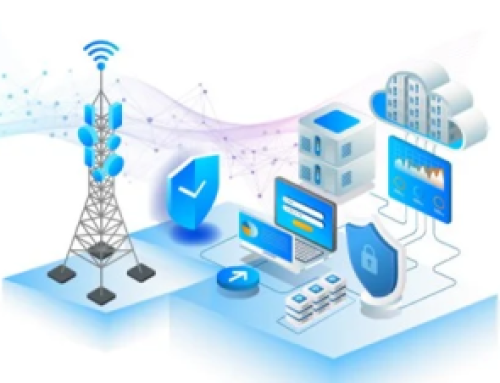
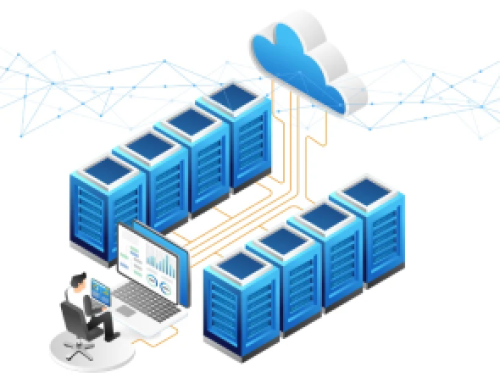
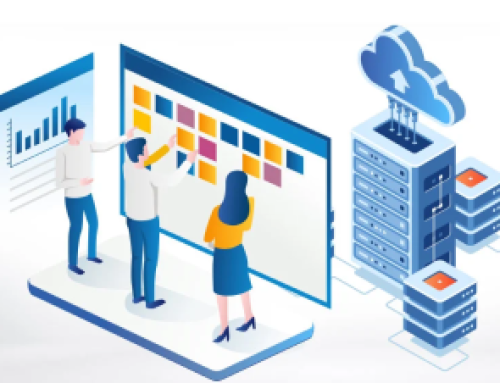
![Telco Cloud: A Key Enabler to Telco Transformation [Part 1]](https://www.tatacommunications-ts.com/wp-content/uploads/2023/06/Telco-Cloud-blog_image-1-500x383.png)




